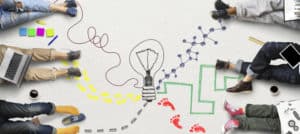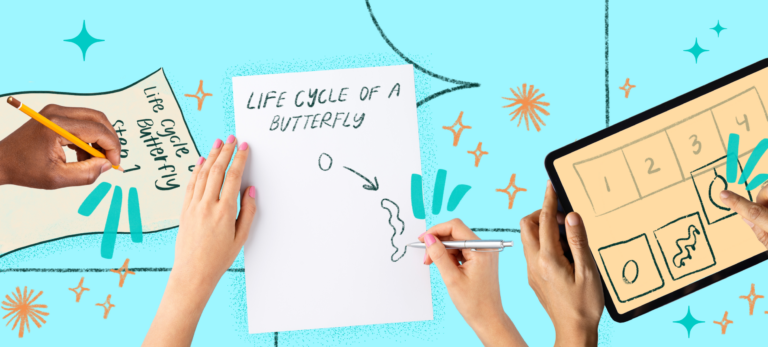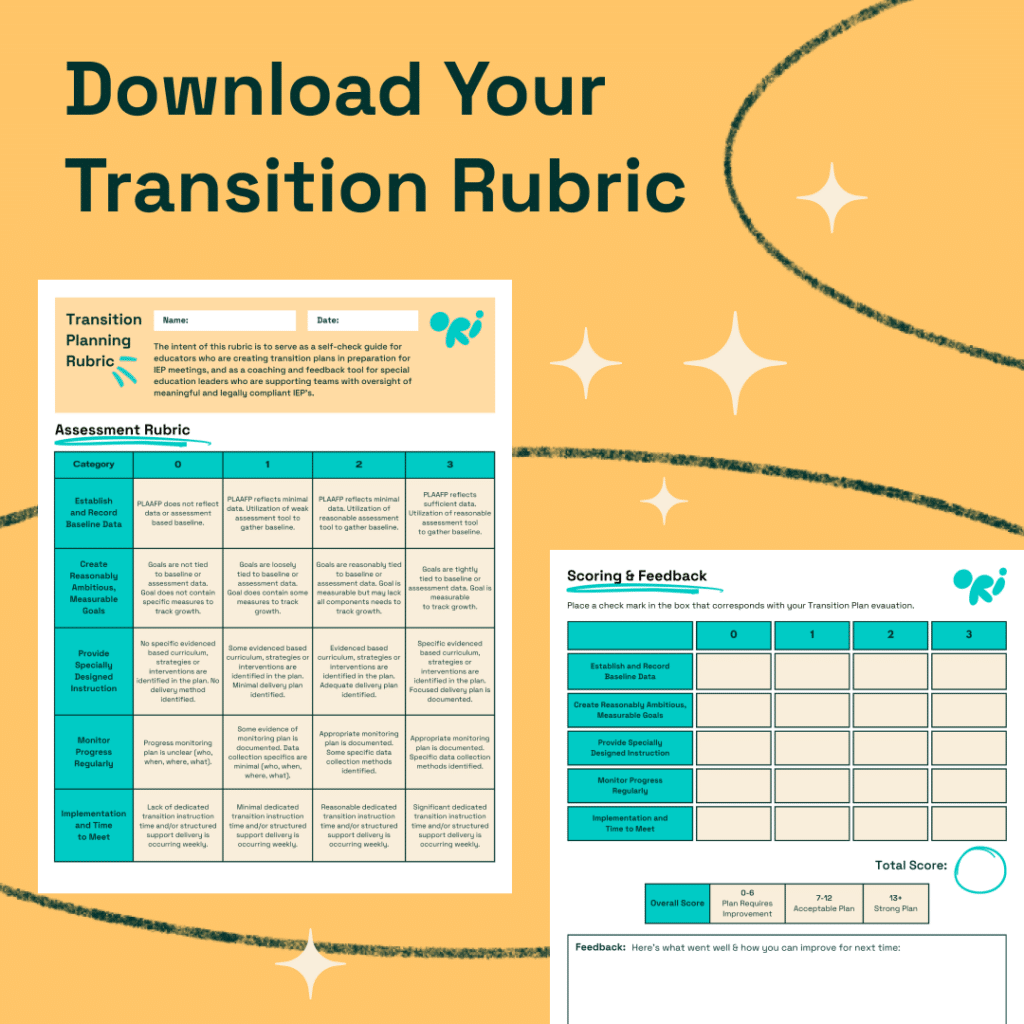


Every learner is unique, carrying with them a diverse array of interests, needs, and abilities. As distinctive as our DNA, these differences play a significant role in how individuals process and understand information. For special education leaders, understanding the significance of UDL in special education is paramount.
In this article we will delve into the key principles of UDL and explore their relationship to crucial challenges in working with students with disabilities. We will also explore the evolution of this research framework and provide data on its effectiveness in special education settings.
Universal Design for Learning (UDL) is not just a theoretical concept; it’s a pragmatic educational framework tailored to the diverse landscape of learners. Specifically, UDL fosters “flexible learning environments,” spaces designed to adapt to the myriad learning styles of each student. The National Center on UDL describes this approach as “a set of principles for curriculum development that gives all individuals equal opportunities to learn.”
At its core, UDL provides a holistic blueprint, encompassing instructional goals, teaching methods, materials, and assessments. The methodology is defined by flexibility, allowing for ongoing customization based on individual needs.
Diving deeper, Universal Design for Learning employs three primary brain networks:
UDL’s overarching goal is to eliminate barriers to learning, ensuring every student has an equal shot at success. The term “universal” might be misleading to some. Rather than implying a singular method of instruction, UDL in special education champions a plethora of teaching strategies, each tailored to the diverse needs of students. It emphasizes flexibility, ensuring that teaching methods can be adjusted based on each student’s strengths and requirements.
A cornerstone of the UDL approach is that the curriculum adapts to the learner, rather than expecting the learner to adjust. This is particularly beneficial for students with learning and attention challenges, as it provides multiple avenues to engage with material. By offering different ways to demonstrate knowledge, UDL harnesses individual strengths while concurrently addressing weaknesses.
Planning curricula with UDL in special education foregrounds the inherent variability of learners. While some might question if UDL is exclusively for students with disabilities, the answer is a resounding no. Every student, irrespective of their abilities, stands to gain from the multifaceted supports UDL offers. From varying test formats, like oral presentations, to innovative engagement strategies, UDL empowers teachers to cater to the rich tapestry of student needs.
Looking for a UDL-based curriculum for your special education needs?
Universal Design for Learning (UDL) is anchored by three core principles, each crafted with the intention of addressing diverse learning needs. For special education directors and transition coordinators, understanding the alignment of these principles with the challenges of special education can illuminate the profound benefits of a UDL approach. Let’s delve into each principle:
In essence, the UDL principles, when integrated into special education settings, address the very challenges that these environments often grapple with. By tailoring learning experiences to individual needs, UDL doesn’t just accommodate but celebrates the diversity of learners, ensuring that each student, with their unique strengths and challenges, is given the best possible platform to succeed.

Our Transition Planning Rubric is designed to support district leaders and educators in guiding their teams towards excellence in transition planning.
It provides comprehensive criteria that cover the breadth of transition planning, from gauging student engagement to evaluating post-secondary goals and services.
Expand your team’s capabilities and improve the success of IEP meetings!
Our Transition Planning Rubric is designed to support district leaders and educators in guiding their teams towards excellence in transition planning.
It provides comprehensive criteria that cover the breadth of transition planning, from gauging student engagement to evaluating post-secondary goals and services.
Expand your team’s capabilities and improve the success of IEP meetings!

Universal Design for Learning (or UDL) is an educational framework aimed at creating flexible learning environments to adapt to the diverse needs of students, ensuring equal opportunities to learn.
UDL provides multiple means of engagement, representation, and expression, catering to the individual strengths and needs of students with disabilities.
UDL tailors learning experiences to individual needs, celebrating learner diversity and ensuring students with unique strengths and challenges succeed.
Navigating the realm of special education is akin to weaving a complex tapestry. Each thread represents a unique learner, and the overarching design embodies the collective learning experience. Universal Design for Learning (UDL) acts as the skilled hand guiding this weaving process, ensuring every thread finds its rightful place, and the resultant design is both intricate and inclusive.
UDL is not just a methodology; it’s a philosophy that recognizes the infinite variability of human potential. For special education leaders and instruction teams, it offers a path towards more inclusive and responsive classrooms.
In a world that’s rapidly changing, with classrooms becoming more diverse by the day, UDL ensures we don’t just adapt but thrive. By focusing on flexibility, engagement, and inclusivity, UDL in special education stands as a testament to what’s possible when we prioritize every learner’s unique journey. As we look ahead, it’s clear: the future of special education is brighter, more inclusive, and more dynamic, thanks to the principles and promise of UDL.

